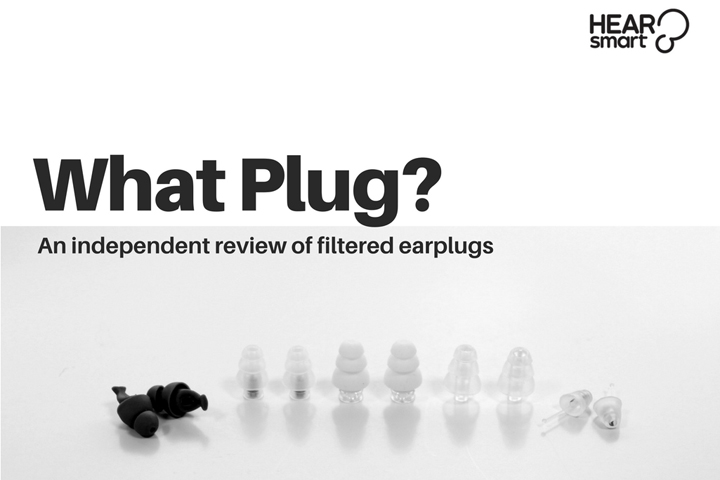Reviews of more than 20 high-fidelity earplugs have been compiled into an interactive website, making it easier for people to enjoy their night out without dreading the morning after.
For most of us, a good night out involves food, drink, and music – preferably large quantities of all three. While everyone has their preferred methods on avoiding a food coma or a hangover, few feel confident they can avoid ‘morning-after- ears’ – that sensation of dulled hearing or persistent buzzing which sometimes follows a loud gig.
Developed by the HEARing Cooperative Research Centre (CRC) and its member, the National Acoustic Laboratories in partnership with Choice, What Plug?features reviews of more than 20 different commercially available, high-fidelity earplugs. Noise-reduction properties of each earplug type are listed, together with a comprehensive range of other features important to wearers: comfort, sound quality, ease of use and price!
With research showing around 15 per cent¹ of young Australians are at risk of hearing damage from nightclubs and live music, knowing how to protect your hearing at your next gig is more important than ever.

The reusable earplugs listed on What Plug? are specifically created with music listening in mind. By filtering across the frequency spectrum from bass through to treble, these earplugs are designed to maximise audio quality while minimising distortion wearers often experience with conventional foam earplugs.
“There are several devices on the market, but the team recognised that choosing between a bewildering array can often be overwhelming. The aim of the project was to provide a way to easily compare products and help people choose what is best for them,” HEARing CRC Researcher Dr Elizabeth Beach (National Acoustic Laboratories) explained.
“It’s great to see there are so many options for people wanting to proactively manage their hearing health. But it can be challenging to find the earplug that’s right for them.”
That’s where What Plug? comes in. Each earplug review is based on rigorous scientific testing in the lab and the experiences of actual users in real music venues. While the lab tests measured the effectiveness of each earplug in terms of reducing sound levels, the user ratings gave a ‘real world’ perspective.
“We asked our volunteers to wear the earplugs whenever they were out and about listening to music at live gigs. After wearing them for a while, they gave us their feedback on each one – rating them for comfort, fit, appearance, and most importantly sound quality. All of the scores were then converted into an overall five-star rating based on the users’ ratings,” Dr Beach said.
But what really makes What Plug? a handy online tool is how quickly users can filter information to suit their individual needs. They can sort earplugs by price, noise-reduction score, comfort, and sound quality, or the overall five-star rating. For the full range of products and ratings, check out What Plug? online: https://hearsmart.org/earplugs
Those curious to find out whether their listening habits are likely to be putting them at risk can also check out knowyournoise.nal.gov.au
HEARsmart is an Australian initiative founded by the HEARing CRC and its Core Member, the National Acoustic Laboratories, based at the Australian Hearing Hub at Macquarie University. It aims to promote lifelong hearing health and prevent noise-induced tinnitus and hearing loss in young Australians.
¹ Beach et al. (2013) Estimating young Australian adults' risk of hearing damage from selected leisure activities. Ear and Hearing 34(1): 75-82

